کتاب روشهای آنالیز آب آشامیدنی: پیشرفتهای نمونهبرداری و آنالیز، به بررسی پیشرفتهای اخیر در زمینه توسعه روشهای آنالیز آب میپردازد. در این بررسیها سیاستها و مقررات تدوین شده جهت حفظ سلامتی عمومی در برابر بیماریهای منتقل شده از طریق آب آشامیدنی مدنظر قرار داده شده است. فصل اول این کتاب یک نمای کلی از سیاست های آب آشامیدنی اتحادیه اروپا و ایالات متحده و همچنین استانداردسازی ارائه می دهد. در فصل دوم پیشرفتهای توسعه فرآیندهای آنالیز آب به طور عمیق با تمرکز بر برومات در آب آشامیدنی مورد بررسی قرار گرفته است. فصل سوم به توسعه یک پروتکل نمونه برداری برای اندازه گری سرب در آب آشامیدنی پرداخته و در نهایت، فصل چهارم بر جنبه های استانداردسازی مرتبط با مواد در تماس با آب آشامیدنی تمرکز دارد.
TABLE OF CONTENTS
1 DrinkingWater Regulations (Pierre Hecq, Adriana Hulsmann, Fred S. Hauchman, Jennifer L. McLain and Franz Schmitz).
1.1 EU Directive on Drinking Water – Past, Present and Future.
1.1.1 EU Water Legislation.
1.1.2 The Drinking Water Directives – Revision Processes.
1.1.3 Main Aspects of the Drinking Water Directives.
1.1.4 Revision of the DWD and WHO Guidelines.
1.1.5 Conclusions.
1.2 Drinking Water Regulations in the United States.
1.2.1 Introduction.
1.2.2 History of the Safe Drinking Water Act.
1.2.3 Development of Regulations.
1.2.4 Highlights of the Safe Drinking Water Act.
1.2.5 Implementation of Regulations.
1.2.6 Conclusions.
1.3 Standardization.
1.3.1 Introduction.
1.3.2 Requirements to be met by Laboratories and Analytical Methods.
1.3.3 Standardization in CEN TC 230 Water Analysis and ISO TC 147 Water Quality.
1.3.4 Development of Standards in ISO/TC 147.
1.3.5 Special Standards Development Procedures.
1.3.6 Drafting of Standards.
1.3.7 EU Requirements for Standard Methods.
References.
2 Bromate Determination (A.-Hakim R. Elwaer, Philippe Quevauviller, K. Clive Thompson and Cameron W. McLeod).
2.1 Introduction.
2.2 Ion Chromatographic Methods.
2.2.1 Identification and Removal of the Main Interferences.
2.2.2 Sample Pre-treatment Automation.
2.3 Alternative Laboratory Methods.
2.3.1 Ion Chromatography / ICP-MS.
2.3.2 Ion Chromatography Spectrophotometry Detection.
2.3.3 Ion Pair Chromatography – Fluorescence Detection.
2.3.4 Flow Injection – ICP-MS.
2.4 Field-based Methods.
2.4.1 Spectrophotometric Method with Methylene Blue.
2.4.2 Flow Injection – Spectrophotometric Detection.
2.5 Stability of Bromate.
2.5.1 Effect of Water Matrix on Bromate Stability.
2.5.2 Stability of Bromate Species Immobilized on Alumina Microcolumns.
2.6 Interlaboratory Excercise for Bromate Determination.
2.7 Toxicity, Occurrence and Current Status of Bromate in Drinking Waters.
References.
3 Lead Monitoring (Theo van den Hoven and Nellie Slaats).
3.1 Factors Determining the Lead Concentration in Drinking Water.
3.1.1 Sources of Lead in Drinking Water.
3.1.2 Factors Determining the Lead Concentration in Drinking Water.
3.2 Sampling of Lead in Drinking Water.
3.2.1 Available Sampling Procedures.
3.2.2 Definition of a ‘Representative Sample’.
3.2.3 Representative Sampling at an Individual Consumer’s Tap.
3.2.4 Lead Analyses in Tap Water.
3.3 Comparison of Sampling Procedures in the Field.
3.3.1 European Study.
3.3.2 Applied Sampling Procedures.
3.3.3 Characteristics of Test Areas.
3.3.4 Applied Test Procedures.
3.3.5 Performance Criteria of Sampling Protocols.
3.3.6 Representativeness of the Tested Protocols.
3.3.7 Reproducibility of the Tested Protocols.
3.3.8 Costs, Practicality and Consumer Acceptance.
3.3.9 Final Evaluation of Sampling Procedures.
3.3.10 Experience with the Monitoring Protocol in France.
3.4 Fit for Purpose Lead Monitoring Protocols.
3.4.1 The Requirements for Sampling and Monitoring Lead in Accordance with the DWD 98/83/EC.
3.4.2 Sampling and Monitoring Strategy.
3.4.3 Lead Monitoring Purposes.
3.5 Lead Levels in Drinking Water in Tap Water.
3.5.1 Overview of Lead Levels in Test Areas.
3.5.2 Effect of Water Composition.
3.5.3 Effect of Plumbing Materials.
3.5.4 Water Consumption.
References.
4 Materials in Contact with Drinking Water (Jean Baron).
4.1 Parameters Used for the Control of Materials Effects.
4.1.1 Organoleptic Assessments.
4.1.2 General Hygiene Assessments.
4.1.3 Substances that Pose a Risk to Health.
4.1.4 Enhancement of Microbial Growth.
4.2 Test Procedure for Metallic Materials.
4.2.1 Introduction.
4.2.2 Metallic Materials.
4.2.3 Experiments within Conormative Research.
4.2.4 Discussion.
4.2.5 Conclusions.
4.3 Test Procedure for Cementitious Materials.
4.3.1 Introduction.
4.3.2 Technical Background.
4.3.3 Effect of Preconditioning and Migration Water.
4.3.4 Reproducibility Tests.
4.3.5 Effect of Preconditioning at Different Ageing Times.
4.3.6 Conclusions.
References and Bibliography.
Index.
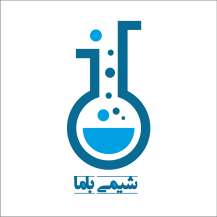
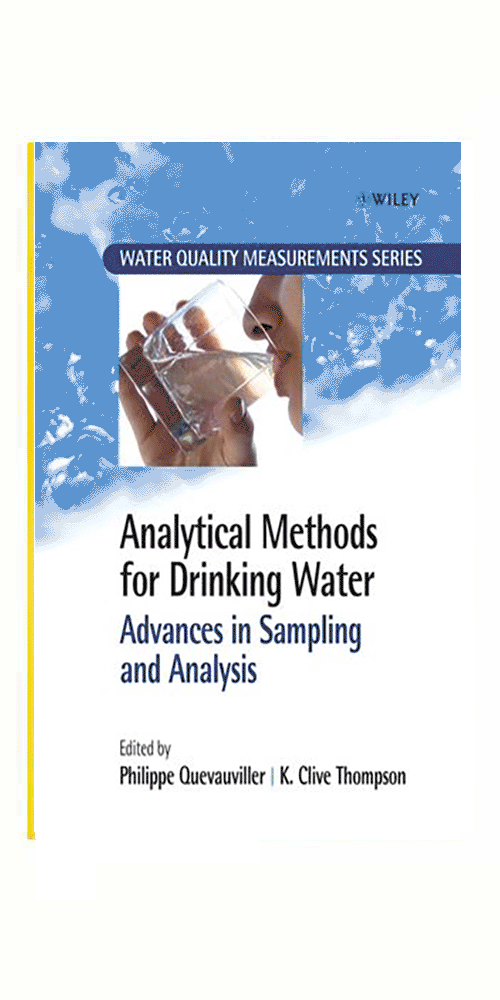
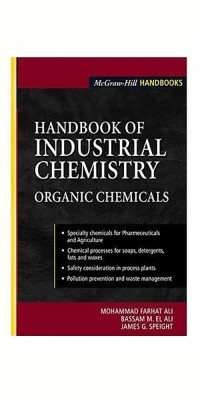
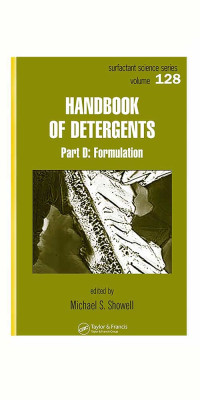
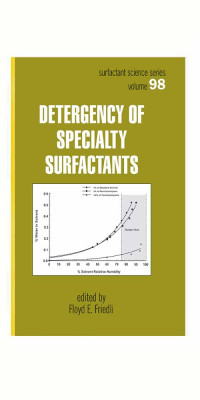
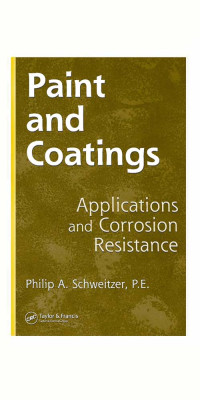

نقد و بررسیها
هنوز بررسیای ثبت نشده است.